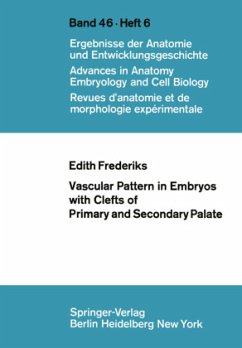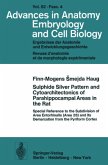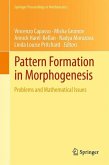Most embryologists will say after Thoma, that bloodvessels follow the pattern set by organs and have no influence on organs in themselves. If this be true in normal development, what would we find in abnormality? If there be a certain vascular pattern in the developing face, will this pattern be essentially different in cases of clefts of primary and secondary palate? Or is Thomas statement also true here, and are the differences due to following the abnormal formation of the nasal and maxillary parts of the face? Could it be so that the unknown agents responsible for abnormal development act in a time of change in vascular pattern, take their chance just when there is a depletion in vascular supply? Or to the contrary, is there a specific vascular pattern which would allow causal haemato genic agents to reach the areas where we find abnormal development? To answer these questions we will have to compare vascularpatternsinnormal embryos and those with clefts, in stages as near aspossible those in which the formation of the clefts takes place, which means for the primary palate the 9-12 mm. stage, for the secondary palate about the 35 mm. stage (Streeters Groups XV-XVII and XXI). Our research concerns normal embryos of 8, 11. 5, 12, 15, 17, 18, 25, 29, 30, 34, 35, 40 and 50 mm.
Hinweis: Dieser Artikel kann nur an eine deutsche Lieferadresse ausgeliefert werden.
Hinweis: Dieser Artikel kann nur an eine deutsche Lieferadresse ausgeliefert werden.








